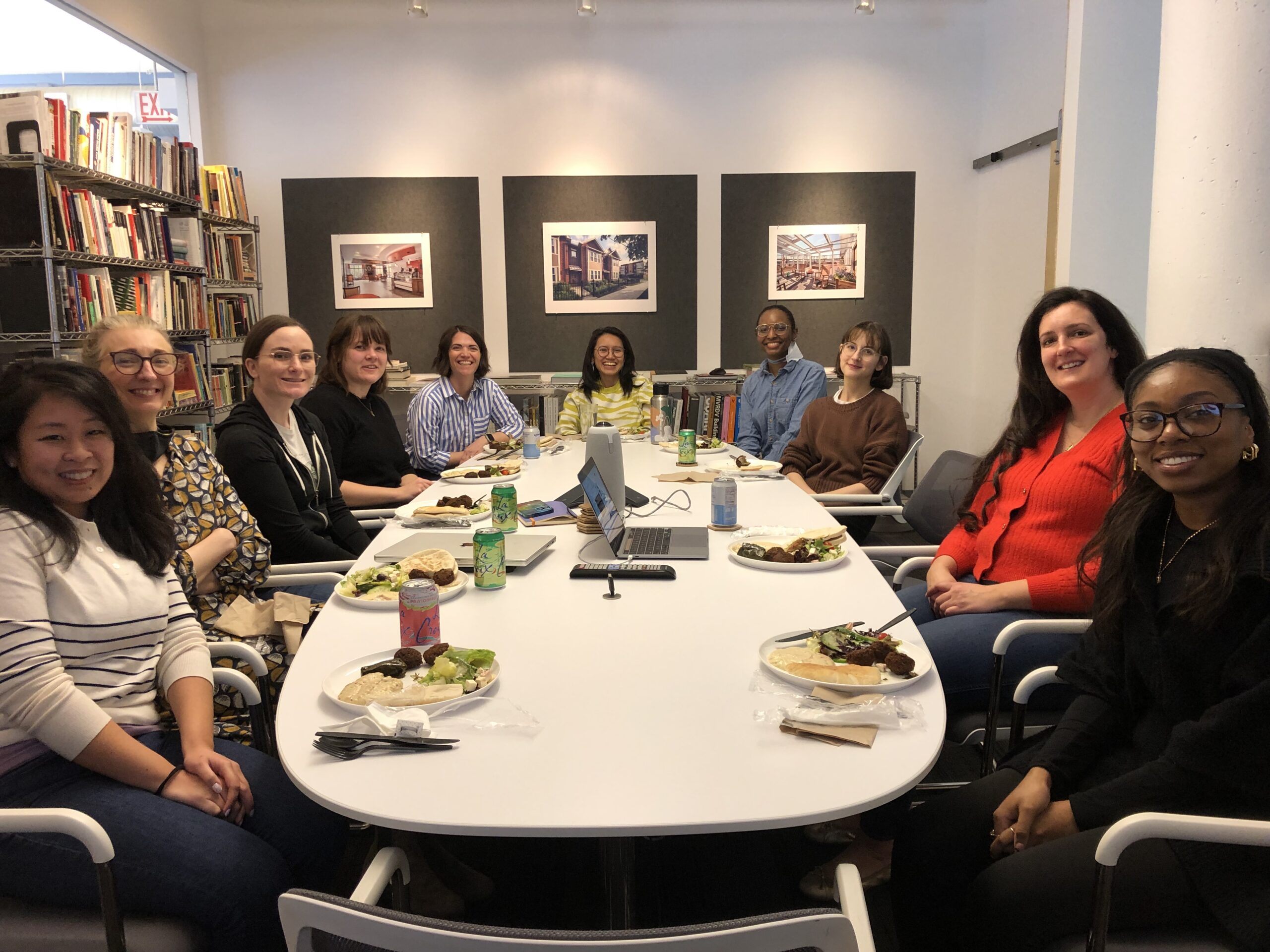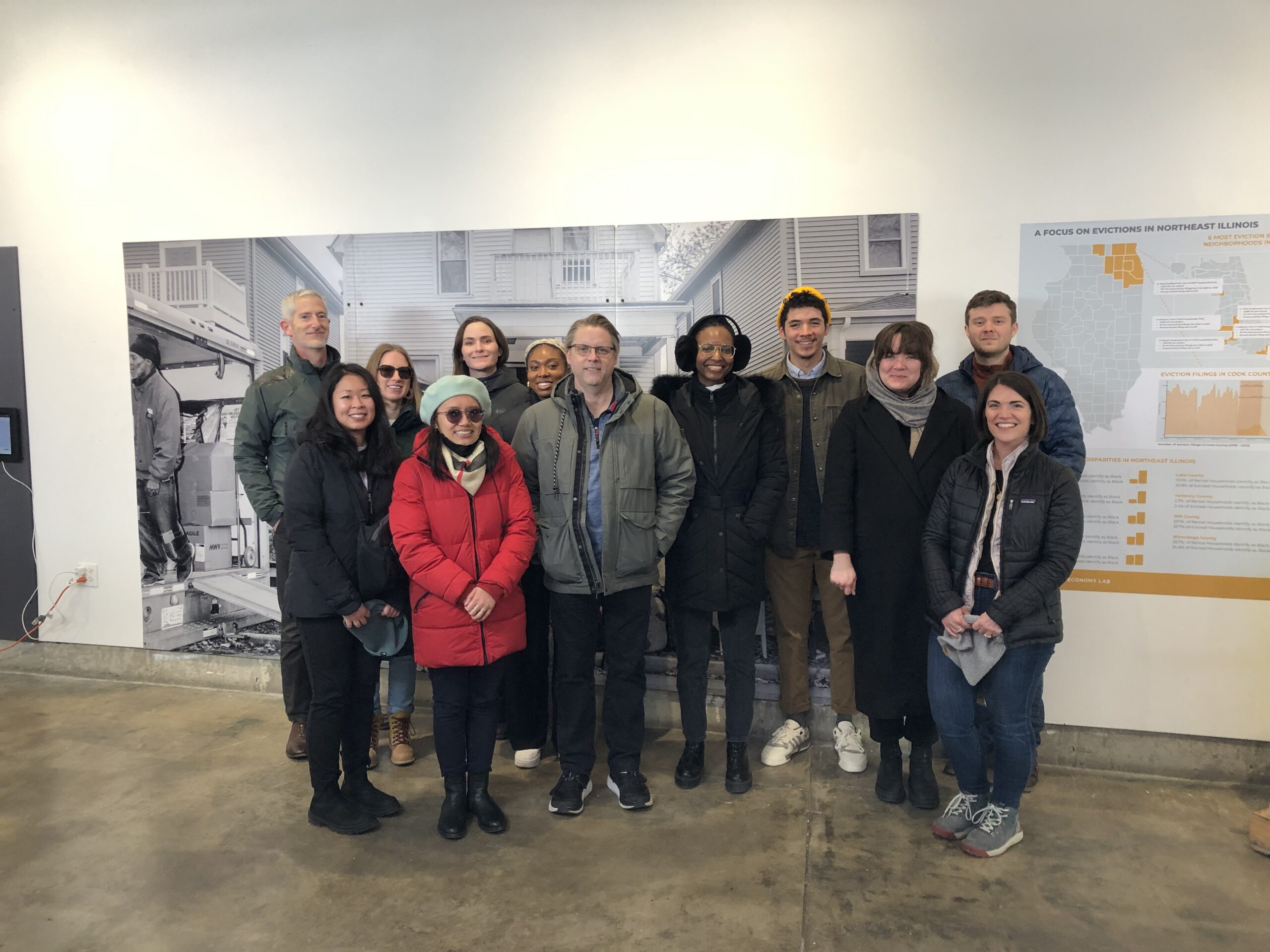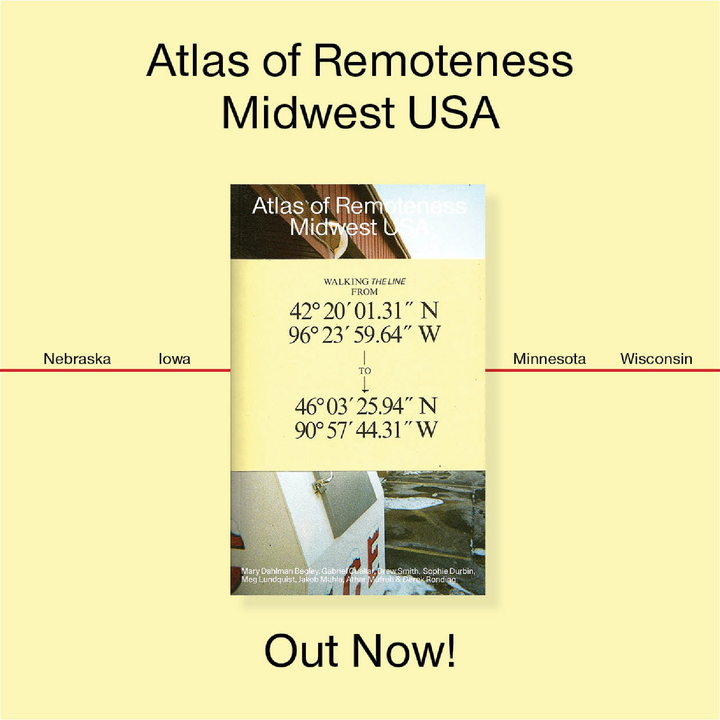Spotlight on: Todd Wiltse

For today’s staff feature, we’re turning the spotlight on Todd! After twenty years with WJW and counting, Todd shared some great thoughts with us about favorite projects and places, proudest moments working with WJW, and so much more!
What made you decide you wanted to be an architect?
It’s a cliche, but a lot of it was exposure to childhood toys (Legos, Lincoln Logs, Erector Sets, crayons and markers) and other kid adventures like building tree forts or digging holes in the ground to hide in. I also had an exposure to some non-typical housing types when I was a kid, that gave me more of a direct view of what buildings are made out of and how they fit their environment. Gramma's house was a small old four-square, and I loved to go to the basement and look at all the exposed pipes, beams, and wiring, and figure out where they all went. My family also stayed for a couple weeks every summer in a fairly primitive log cabin in the mountains in Colorado. It was, well, made of logs.
The heat came from either the fireplace or the wood-burning stove (and only if we first split the wood to burn). We cooked on the wood-burning stove. We had hot water because the pipes coiled through the back of the wood-burning stove before going into the tank. The water was pumped to the cabin from a creek by a water wheel (i.e, powered by the flow of the stream). There was so much to explore, but nothing was mysterious - it all just made sense. You could see and interact with it all, and you experienced how all the elements worked to create a livable environment. It was magic. All of those simple man-made structures and systems were set in miles of unspoiled natural landscape of woods, streams, marshes, and rocky hillsides adjacent to Rocky Mountain National Park, that were perfect for independent exploration and daydreaming.
What special knowledge or quality do you bring to the WJW team?
I always think of myself as (and pride myself in being) a generalist. A knowledgeable generalist, maybe, but a generalist. Bill Worn once said that if there is any aspect of a project or a building that you don’t understand, it’s your responsibility to ask about it, or research the answer. That really resonated with me.
What has been your favorite project and why?
There are literally too many to pick one, but shooting from the hip: Rebecca Port Center, Prairie Crossing, Park Lawn Center, Country Health Nursing, Greenview Place, Heritage Health, The Legacy Decatur, Laborers IV, Jackson Renaissance, Evergreen Place Chillicothe, Renaissance on Main, Kilpatrick Renaissance, St. Clara’s, Silver Birch of Kokomo, Prairie Trail Apartments, Clark-Estes Apartments... All of these involved intensive explorations of the site, the program, and the use of space and materials.
What do you most love about what you do?
It’s the combination of designing, teaching / empowering younger staff, and impacting the lives of the end users of our projects. It’s hard to beat that trifecta.
What has been one of your proudest moments working at WJW?
Non-project-related proud moments: our collectively-planned staff trips around the country, introducing and developing the Final Friday concept, Heidi becoming partner, and an enviable record of staff retention along with a consistent progression of staff to licensure. Over the last 12 months in particular I’ve been most proud seeing the staff step up and show enormous resilience and sense of purpose in the face of a pandemic, economic disruption, racial strife, and political meltdown.
What energizes you at work?
Coffee? Aside from that, it’s seeing the expansion and evolution of our work over the years. And how every day, someone brings a new thought to the table that I’ve never had before - about some aspect of a project, or about our practice in general.
What are the non-design lessons you’ve learned from your work at WJW?
I don’t think I’m actually a people-person, but I’ve learned that people’s creativity and willingness to take responsibility, if given just a little room and encouragement, are pretty remarkable. And that when you open that door just a little, people are dying to contribute. And that the sum of those contributions is far greater than the individual parts.
Name one piece of architecture that continually inspires you and why:
Chicago’s Riverwalk and 606 Trail; both are elegant, ingenious, human-centered, and place-sensitive adaptations of the urban environment. Sorry, I guess that was two...
What do you enjoy doing when you’re not working?
Cycling, backpacking/camping, traveling, music, political discussions, food/beer/whiskey, urban adventures.
Tell us about a favorite book:
Kafka on the Shore and also Colorless Tsukuru Tazaki and His Years of Pilgrimage, both by Haruki Murakami. Both are dark, poetic, trancelike... but also intensely personal stories that are rooted in important contemporary Japanese socio-historical settings.
Offer your best life/business/design advice to young architects graduating this spring:
As you’re making the transition to the world of work from school, try to understand what makes you tick as a designer / creator / architect; having that insight is much more important than having an idea about what kinds of projects you want to work on or what kind of firm you think you want to work for. Is it shaping spaces for people? Manipulating materials and forms? Being on the cutting edge of technology? Developing (or redeveloping) cities and neighborhoods? Then shape your resume and portfolio to reflect those values and interests. Also: be patient. It takes time to find the right employment fit. It also takes time to truly be exposed to the process of architecture - most projects can take a minimum of 2-3 years from inception to completion, often much longer.
Look into the future: name something you’re excited about and think maybe a part of architecture and design in the next 10 years.
It’s more of a hope than what I “think" will happen…I hope that there is a greater appreciation for and devotion of resources toward the public sphere, as is done in almost every other “civilized” nation. We have a country where public infrastructure is treated as a bare minimum means to an end, instead of forming an integral part of the environment in which we all live. A country where real design is often either non-existent or a complete afterthought, or conversely where it screams “look at me” in an egotistical, disjointed way. There has to be a happy medium of thoughtful design for all people where they live, work and play 99% of the time.


